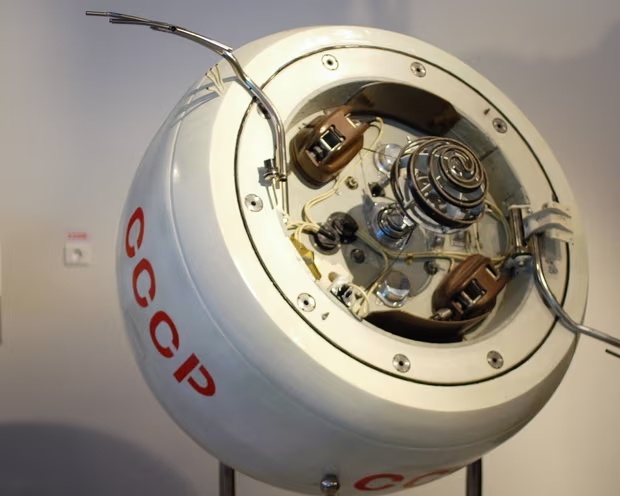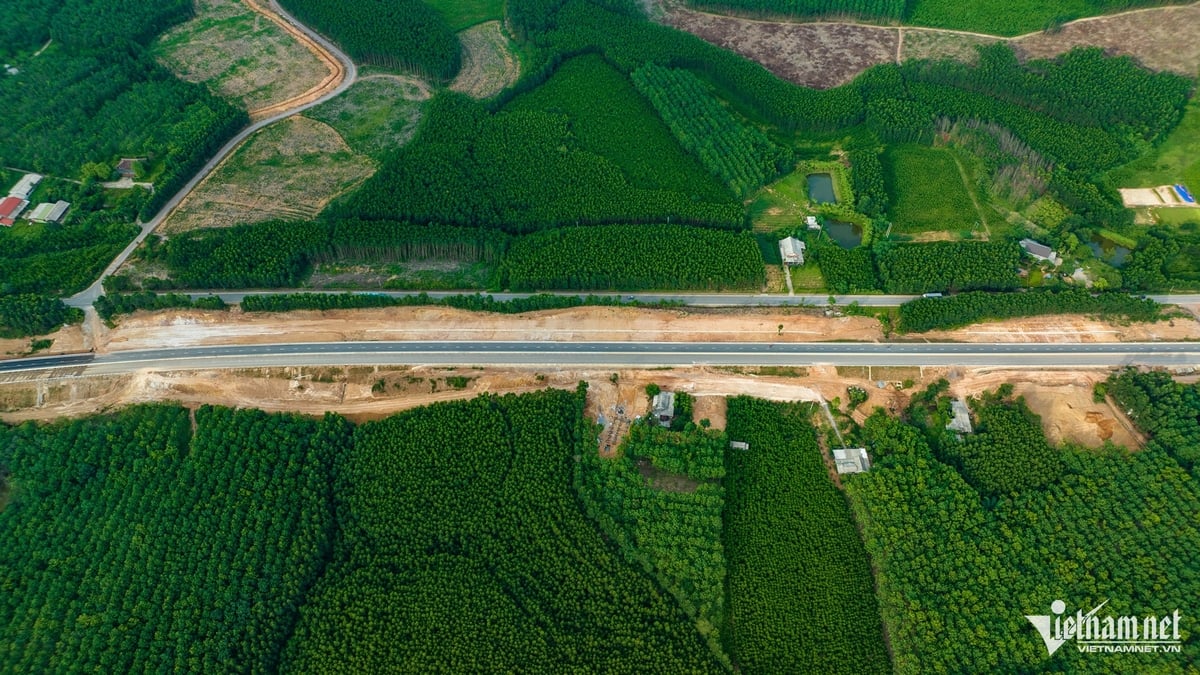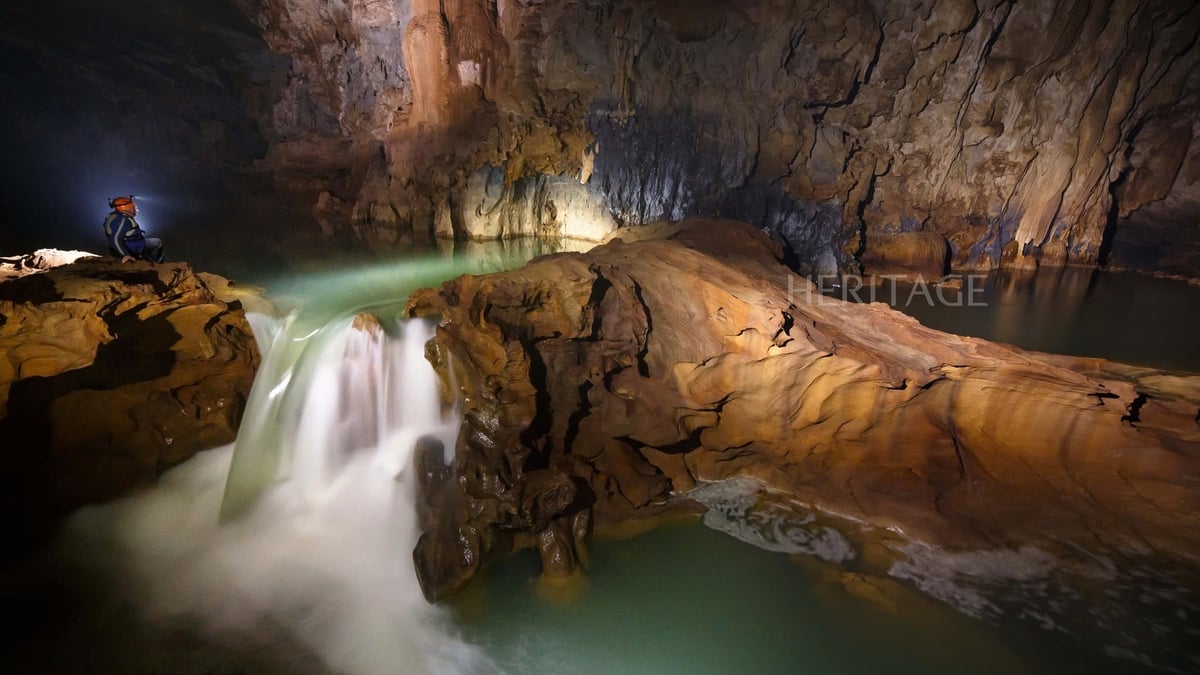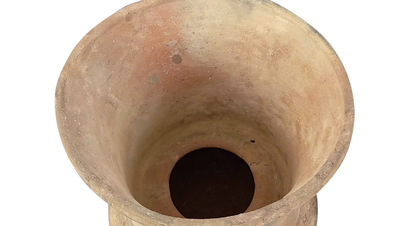After more than half a century of orbiting the blue planet as an uncontrolled object, the Kosmos 482 probe fell back to Earth on May 10. The spacecraft was part of the Soviet Venera program, designed to land and explore Venus in 1972.
Earlier, the European Space Agency said the spacecraft re-entered the atmosphere after failing to appear on radar in Germany as expected. The uncontrolled re-entry occurred at 9:24 a.m. Moscow time over the Indian Ocean, west of Jakarta, Indonesia, according to Russia's RosCosmos space agency.
Most of the spacecraft fell back to Earth within a decade of the failed launch. The spherical landing gear, approximately 1 meter in diameter, was the last part of the spacecraft to fall. It was encased in titanium and weighed more than 495 kg, according to experts.
What makes Kosmos 482 different is its ability to survive a re-entry that is far greater than normal. It is still unclear exactly where the half-ton spacecraft entered the atmosphere, or how much of it survived its violent descent from orbit.
 |
The Soviet-era Venera-4 spacecraft has a similar design to the Kosmos 482. Photo: Wikimedia. |
Designed to land on the hottest planet in the Solar System, experts had previously said that some or even all of the device would survive. Fortunately, it appears that Kosmos 482 landed safely in the ocean, causing no damage.
The Kosmos 482 incident has drawn experts’ attention to the growing problem of space debris. On average, three pieces of significant space debris fall back to Earth every day, and that number is only growing, according to Space.com .
The European Space Agency (ESA) says there are about 14,240 objects orbiting Earth, 11,400 of which are still operational. The majority of the devices are part of SpaceX's Starlink constellation of broadband internet satellites, which currently has about 7,200 and is continuing to expand.
Many other entities are also competing in the space race. Amazon just launched the first batch of devices for its Project Kuiper broadband internet network, which, if all goes according to plan, will have a total of 3,200 satellites. In addition, China has successfully launched two large satellite constellations, designed to hold at least 13,000 drones.
The risk of injury or property damage from each reentry is small, as most debris burns up in the air, with the rest often falling into the ocean or uninhabited land. However, ESA officials predict that the frequency of reentry will increase, bringing with it the risk of a devastating collision.
In addition, researchers are warning about pollution caused by re-entry satellites, which could damage the ozone layer and affect our planet's climate.
Source: https://znews.vn/tau-khong-gian-cua-lien-xo-roi-lai-xuong-trai-dat-post1552433.html




























































![[Infographic] Circular guiding the functions, tasks and powers of the provincial Department of Culture, Sports and Tourism and the commune-level Department of Culture and Social Affairs](https://vphoto.vietnam.vn/thumb/402x226/vietnam/resource/IMAGE/2025/6/29/877f24989bb946358f33a80e4a4f4ef5)


























Comment (0)